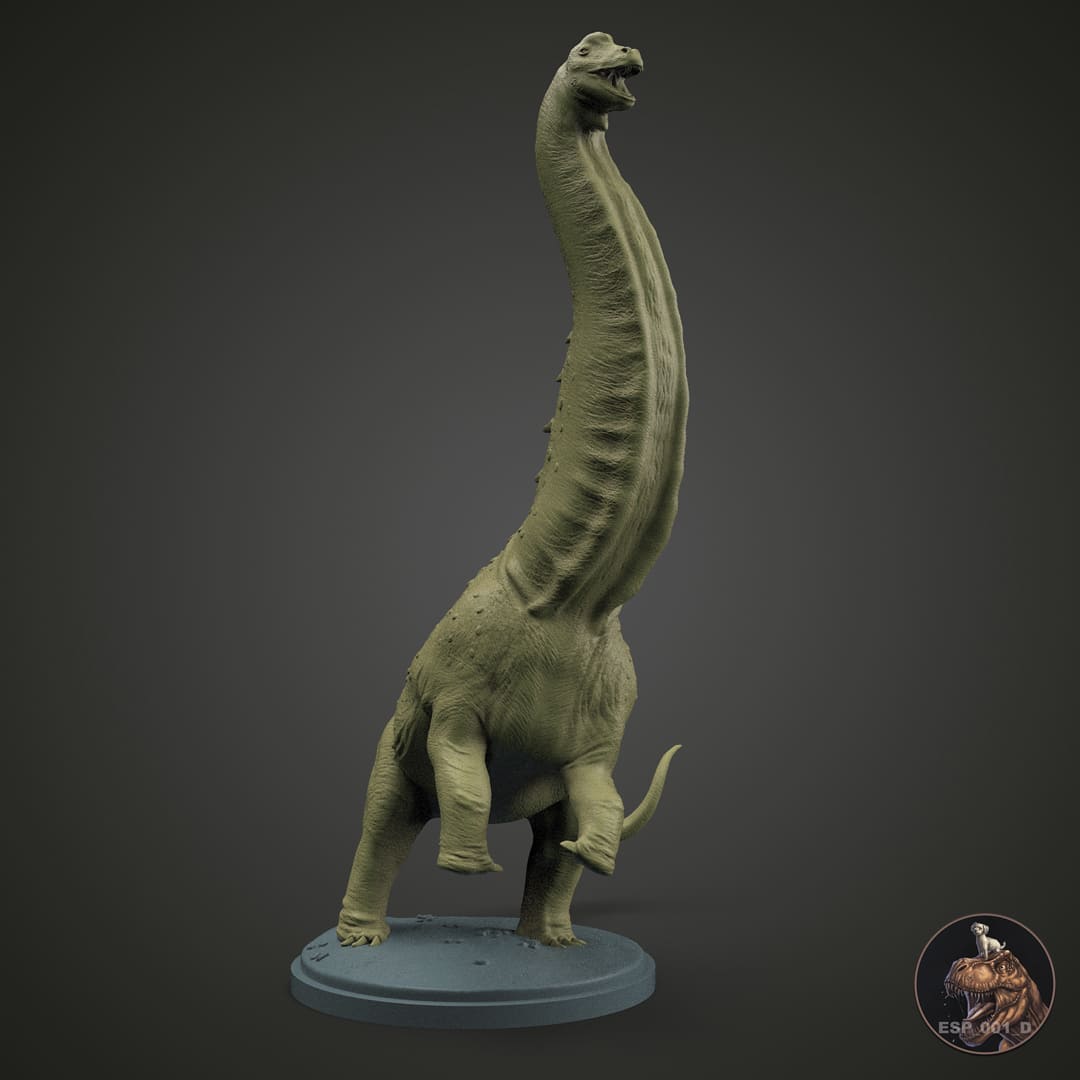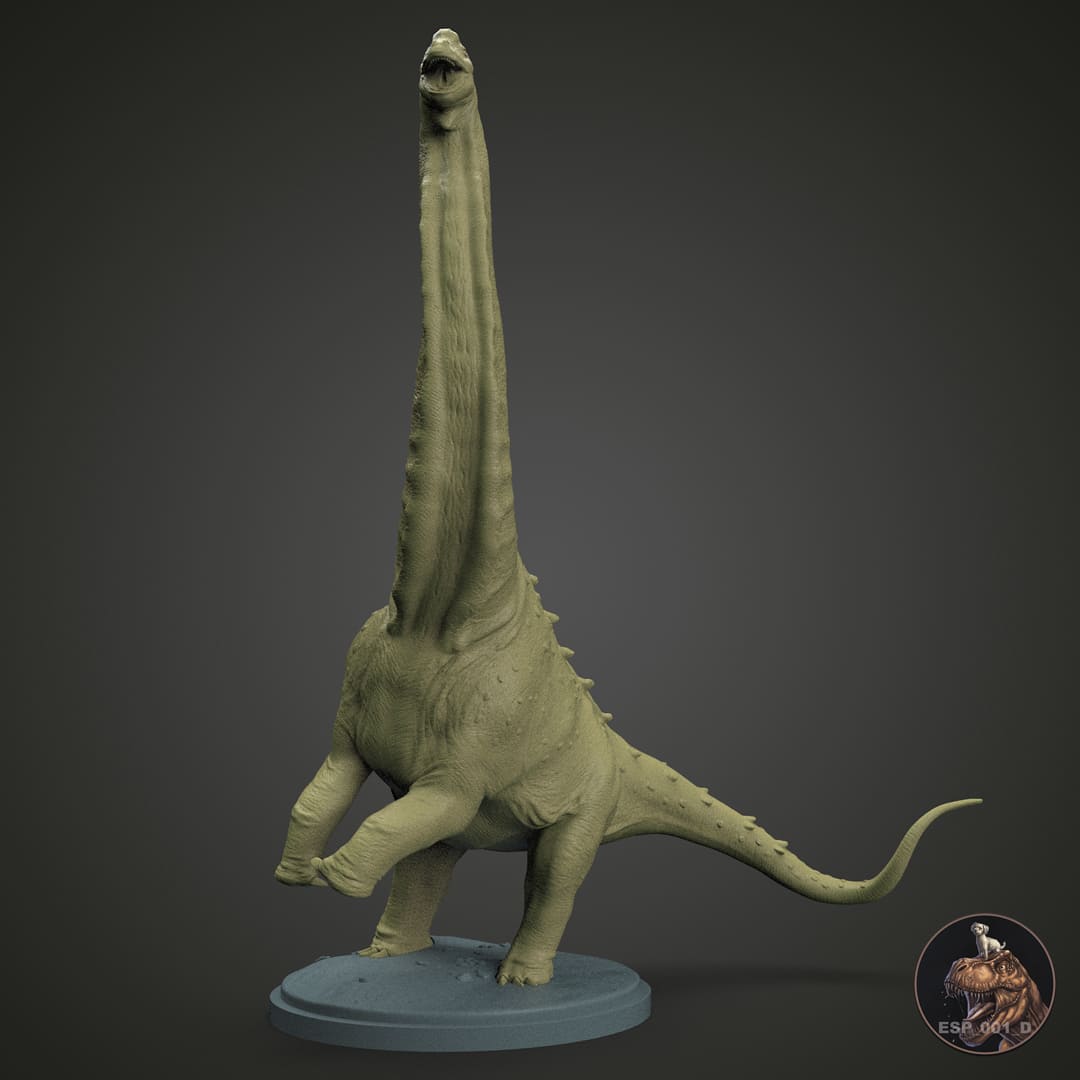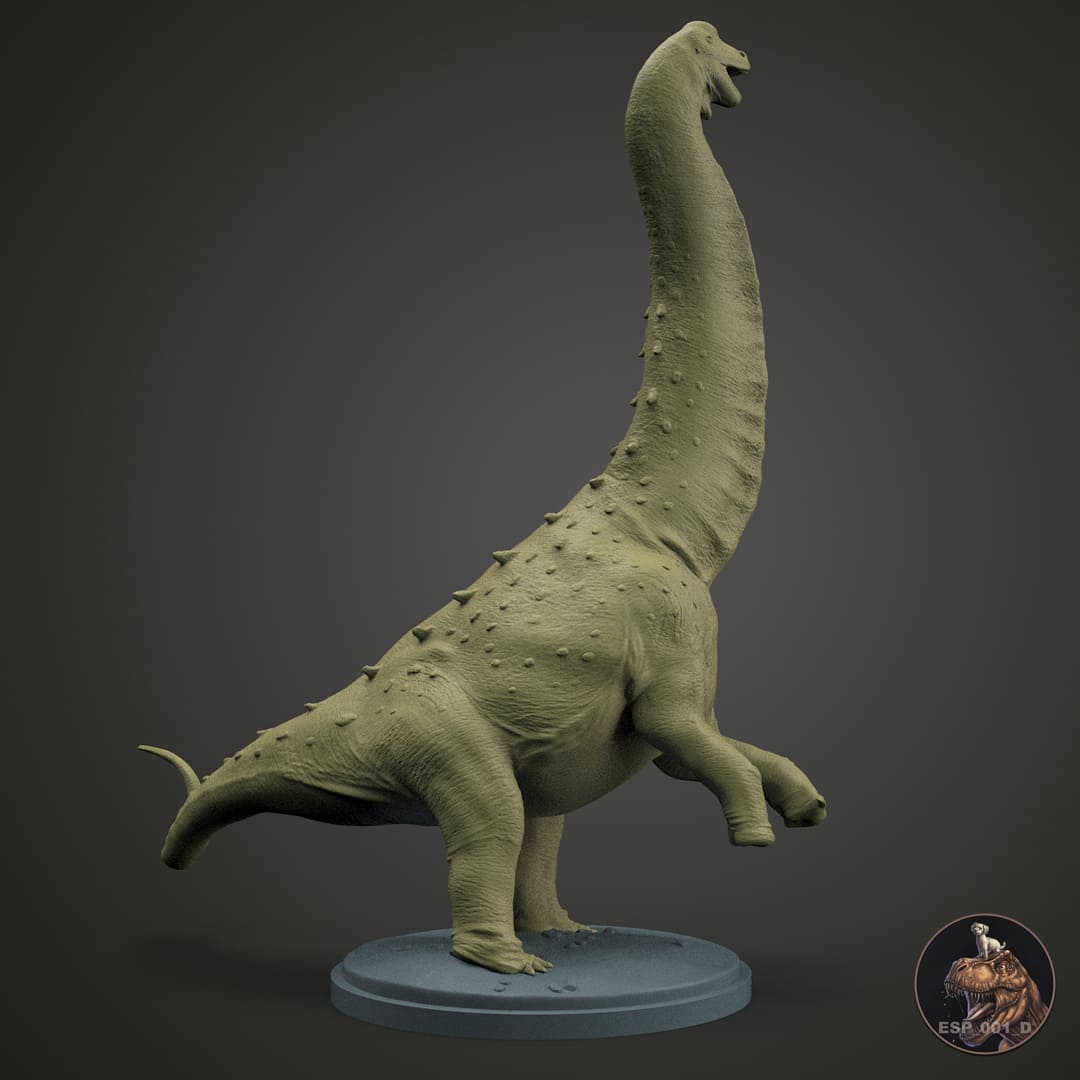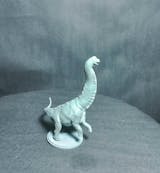



Magyarosaurus dacus
Do you want another scale?
Contact us and we will make it possible!
How will you receive your replica?
In the unprimed and primed variants, you will receive the complete replicas except for the large models, where you will receive an assembly kit.
In the hand-painted variant, the replicas will be delivered complete.
How does the painting service work?
We created a private chat for you where you will have direct communication with our painter , being able to choose your preferred color schemes and follow the hand painting process closely.
Pairs well with

Magyarosaurus dacus
If you have any questions, you are always welcome to contact us. We'll get back to you as soon as possible, within 24 hours on weekdays.
Shipping Information
Visit our shipping policy page to find all the information.
Customer Support
Give us a few details and we’ll offer the best solution. Connect by chat or email.
We are available 24/7.
FAQ’s
Visit our FAQ's page to find answers to common questions.
Contact Us
We'd love to hear from you. We are here to help. Visit our contact page to send us a message.
Product details
Fossils of Magyarosaurus dacus were first discovered in the early 20th century by Hungarian paleontologist Franz Nopcsa, who noted the differences in size and bone characteristics compared to other titanosaurs. Recent studies have confirmed that this species is a true dwarf among titanosaurs, with an adult size that did not exceed six meters in length and an estimated weight of around one ton. These dimensions are significantly smaller than those of their giant relatives, which could reach lengths of up to 30 meters and weigh tens of tons.
Recent paleontological studies have provided more details about the anatomy and way of life of Magyarosaurus dacus. Its skeleton shows adaptations that allowed it to survive in an island environment with limited resources. He had more robust bones and a body structure that indicated a more agile and efficient capacity for movement. Furthermore, analyzes of their bones have revealed slower and longer growth compared to other titanosaurs, which is consistent with the phenomenon of insular nanism.
Recent discoveries in the Hațeg region have provided more information about the ecosystem in which Magyarosaurus dacus lived. This area was an archipelago of islands in the Tethys Sea during the Late Cretaceous, and was home to a variety of dwarf species, including other dinosaurs, early mammals, and flying reptiles. The coexistence of these species suggests that the evolutionary pressure of a limited island environment led to size reduction as a survival strategy.
Magyarosaurus dacus is not only significant for its small size, but also for its contribution to the understanding of insular nanism in dinosaurs. Comparative studies with other titanosaurs have helped clarify how these Mesozoic giants could adapt to different environmental conditions, demonstrating the versatility and adaptability of these animals.
Approximate measurements of the Magyarosaurus:
- 1:35 scale Assembly kit
- Length 92 mm
- Height 110 mm
- Snout-tail length 172 mm
- 1:20 scale Assembly kit
- Length 162 mm
- Height 193 mm
- Snout-tail length 300 mm
Information about aftershocks
Collector's item ; Hyper-realistic replica, highly detailed and with a high degree of scientific precision.
Made to scale, prototyped in resin and with a scenic base in most of the models offered. If you like miniatures, both for collecting and for painting, we offer you a wide variety of scale replicas; All of them related to dinosaurs, extinct prehistoric fauna and current fauna.
So if you love dinosaurs and animals as much as we do, this is your favorite store to collect and paint them :)
We are authorized distributors of all the replicas and figures we offer. We use 3D printers with 8K - 14K resolution, and high-quality resins with additives to improve hardness and flexibility, thus offering replicas of impeccable quality.
Different scales will be used to make the replicas (depending on the size of the species), although we are open to making other suggested scales upon request as long as they fit in our printing trays, for which you will have to contact us via email and request the required size.
Replicas are supplied with the option of airbrush priming in dark grey. If you require another colour, please let us know which one you prefer in the box with special instructions for the seller. Without priming, we do not guarantee that the resin will accept paint.
We also offer the option of choosing a professionally painted replica, which is agreed upon throughout its development with the painter, through a private chat available.
Complete replica (one piece): We supply complete replicas in those models that are small, and models that are medium, large or not very bulky, will have the prerogative of being presented as a complete replica or assembly kit as the case may be.
Complete replicas will be supplied separately from their base.
Replica assembly kit: We supply replicas whose models are large, very large or bulky, only with this option.
The indicated replicas (generally composed of base, head, body and tail) will come prepared for the subsequent assembly that will be required by the client, by sanding, putty, adhesive or technique chosen by the client.
All replicas are thoroughly inspected before shipping and will be carefully packaged to prevent damage during transport.
Information about the models
The poses of the models aim to represent each character in the most scientifically viable way, thus revealing the life and customs of prehistoric and modern fauna.
Each character has its own personality and develops in different life scenarios; birth, adolescence and play, hunting, feeding, fighting, courtship, death and many other scenes from their daily life, always from the creative perspective of their designers.
Handmade
All orders are individually prepared on the cutter for subsequent prototyping, obtaining a resin part that will require post-processing by manual and ultrasonic cleaning, support removal, ultraviolet curing, labeling and packaging.

We are authorized distributors
We offer both our own physical replicas and those that have been modeled by many of the best 3D designers, in order to offer you the greatest possible variety.
Frequently Asked Questions
If you have any questions about products, orders or shipping, please read our FAQ page to learn more.



